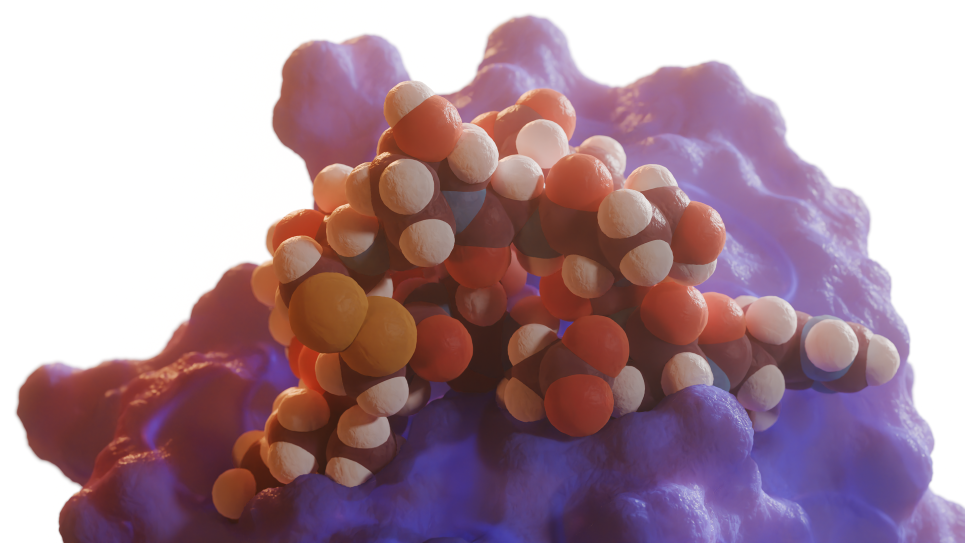A highly accurate and detailed understanding of the microscopic structure of liquid water is of great importance to a number of fields, ranging from biology/biochemistry to energy storage and electrochemistry. Several key properties of water, are crucial for understanding and predicting its role on Earth and in living systems. For instance, the density of water in the liquid, gas, and solid states is not what would be typically predicted. While most substances become less dense with rising temperatures, frozen water (ice) floats in warmer water. As such, a fundamental understanding of the anomalous density properties of water are critical to elucidating the role played by water in Earth ecosystems.
Another key property of water is the ability of a given water molecule (H2O) to transfer protons (a hydrogen atom with no electron, H+). Hydrogen atoms (H+) can be exchanged among H2O molecules forming the OH- and H3O+ ions. The ability of water to transfer protons is critical not only to the physical properties of water systems (e.g., oceans and rivers) but also to how biomolecules, including DNA and proteins, behave and work inside cells.
This project supports accurate theoretical determinations of the microscopic structure and properties of liquid water. This work will utilize highly accurate state-of-the-art ab initio molecular dynamics (AIMD) simulations in conjunction with large-scale massively parallel computer architectures to investigate the aforementioned properties of liquid water including its anomalous density properties and the proton transfer mechanisms in the formation of the


